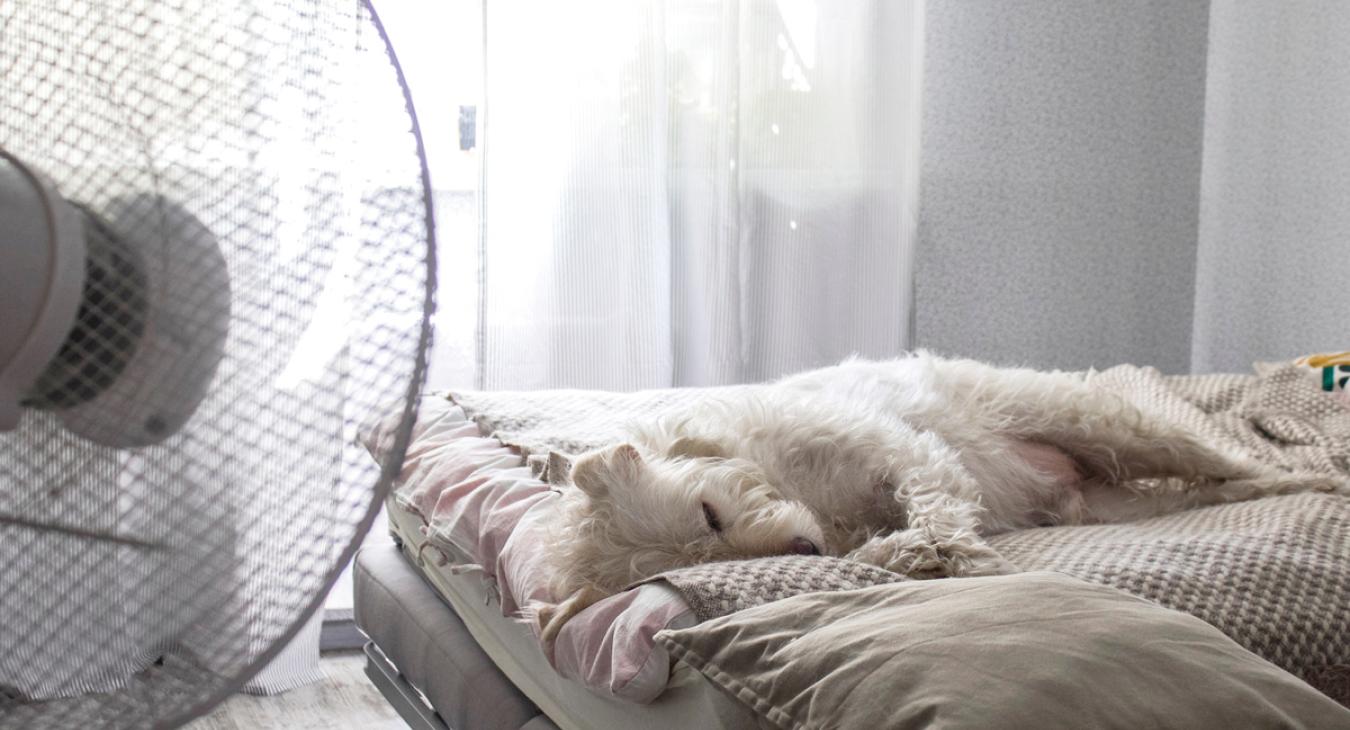Are you struggling to keep the second story of your home cool on these sizzling summer days? As heat and hot air rises, so does the temperature on your upper level. Keeping it cool can be a challenge, even if you have an air conditioner. The key is to limit heat gain and to keep the air circulating.
These steps can help cool down your upper floor, as well as keep your entire home cool.
- Keep blinds and drapes closed. Close blinds or curtains when the sun is shining to reduce solar heat. Light-colored window coverings are most effective at blocking heat energy from the sun. Consider investing in thermal blocking drapes or insulated shades to keep your rooms cool.
- Limit heat being created upstairs. Devices such as computers and hair dryers emit hot air. Use them downstairs to help reduce heat upstairs.
- Use ceiling fans. Ceiling fans make you feel cool by circulating air and providing a cooling sensation on your skin. Set ceiling fans to rotate counterclockwise in the summer to push cool air downwards and turn them off when you leave.
- Adjust the dampers. Control airflow by adjusting dampers up and down to restrict or increase airflow. If the second floor is warmer in the summer, keep dampers on second-floor vents fully open, and only partially open the vents on the first floor to force more cool air to the second floor.
- Check for air leaks. EnergyStar.gov estimates that between 25% and 40% of the money spent on cooling and heating homes is lost due to air leakage problems. Identify air leaks in your home and use caulking, weatherstripping and insulation to seal the gaps.
- Turn the fan from auto to on. Use “on” instead of “auto” to keep your thermostat fan on and maintain air circulation throughout the home. This allows the entire house to stay cool, whether or not the air conditioner is running.
- Evaluate ductwork. Check your ductwork for leaks or improper sizing to ensure even air distribution in every part of your home. If you don’t feel cold air coming from second floor vents, or you see old and cracked seals in your ductwork, it could be time for maintenance.
- Check your air filters. Regularly change your air filters to optimize airflow — dirty filters decrease air movement.
- Add portable air conditioners. Use portable AC units in rooms that need extra cooling. They are relatively easy to install, effectively remove heat and provide a cool environment for sleeping.
- Adjust HVAC systems. Consider a zoned HVAC system, with thermostats on each floor, to control the temperature on each floor separately.
- Keep heat-generating appliances off during the hottest hours. Your dryer, oven and television produce heat, causing your air conditioner to work harder. Limit use of these appliances to early morning or evening when possible and consider grilling outdoors if you plan to cook.
- Don’t forget the attic: If your roof and attic area are not properly insulated, heat will seep in through the roof and heat the second floor. You can also have an attic fan or vents installed to help remove hot air from the attic.

